Teeth, claws and selfies part of Abilene Zoo Nov. 7 bond measure
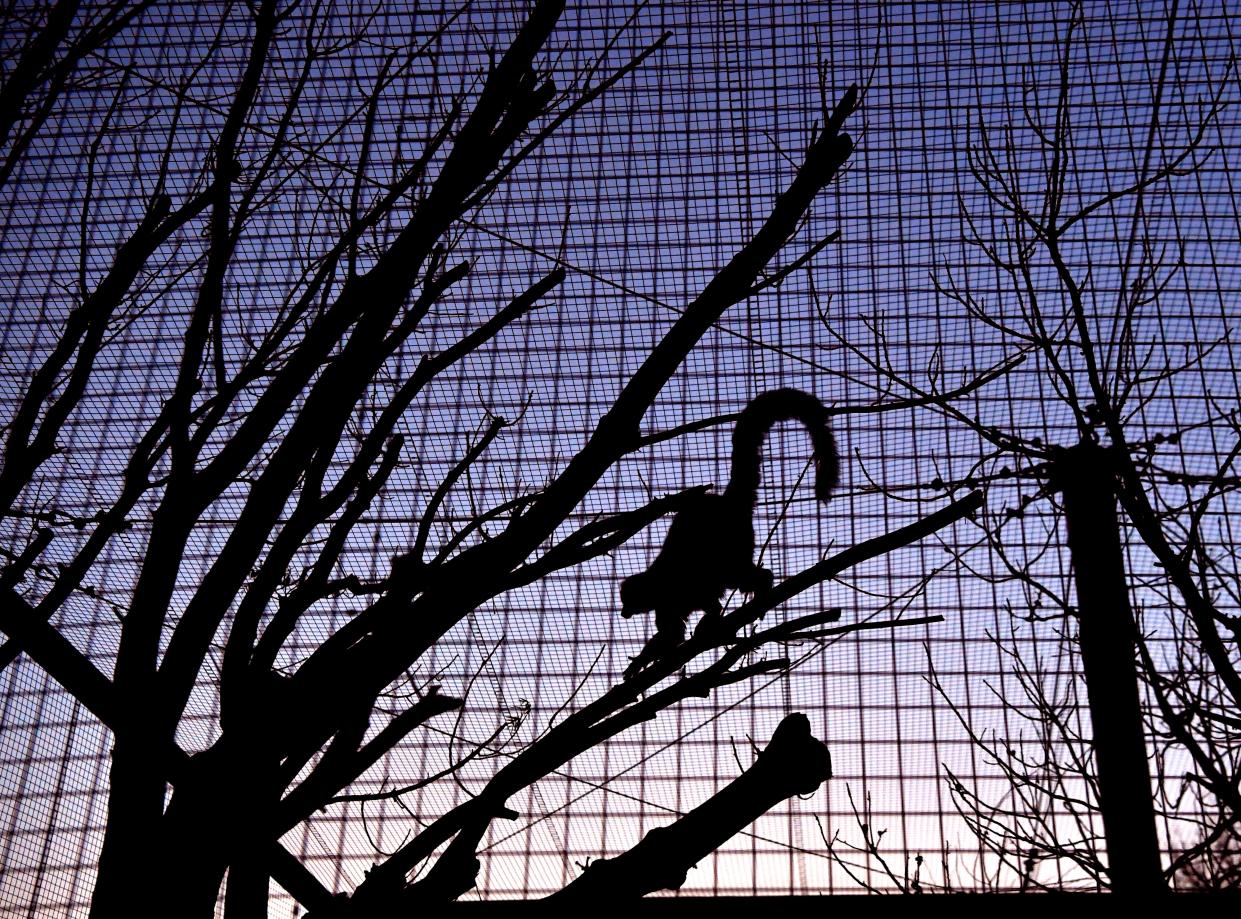
Raise your hand if you’ve eaten at the Abilene Zoo?
If you’re the only one with your arm in the air, that’s nearly the reaction Zoo Director Jesse Pottebaum got when he posed the same question before the Abilene City Council August 10. That lack of enthusiasm for the zoo’s concession is partly what is driving the upcoming $15 million bond voters will decide on Nov. 7.
It joins two others on the ballot, a $28 million bond to reimagine both the G.V. Daniels and Cesar Chavez recreation centers, and a $9 million bond to establish a long-promised hike-and-bike trail encircling Kirby Lake.
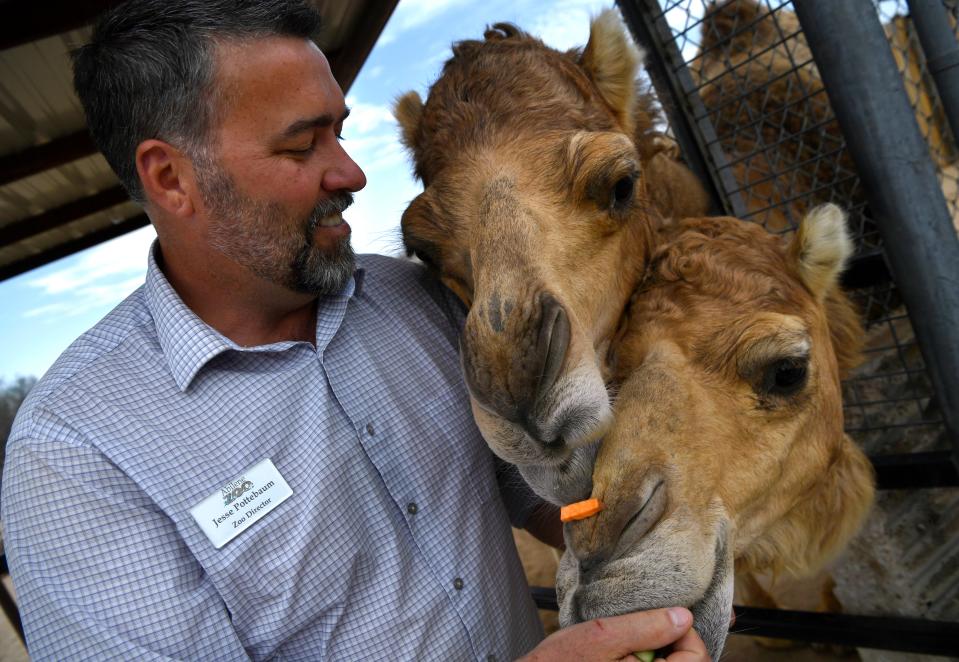
Phase to phase
Pottebaum, who came to the Abilene Zoo in 2019 from the Austin Zoo where he was deputy director, got his start at SeaWorld, spending over 15 years with that company. Drawing from his time there, he and his staff have created a four-phase plan outlining the zoo’s future.
Phase One is what voters will be called to decide on, the other three are at least a decade in the future and could eventually see the zoo double in size.
But as for Phase One, it aims to redefine how Abilene Zoo visitors experience the park, especially when the proposed café is added. If approved, this first portion of the zoo’s plan would be completed by Spring 2027.
Since Pottebaum's arrival, aside from a brief dip during the pandemic, annual attendance numbers for the Abilene Zoo have consistently risen from around 210,000 in 2019 to at least 260,000 this year. The park has proven to be a major attraction for communities not only in the Big Country, but for those farther west.
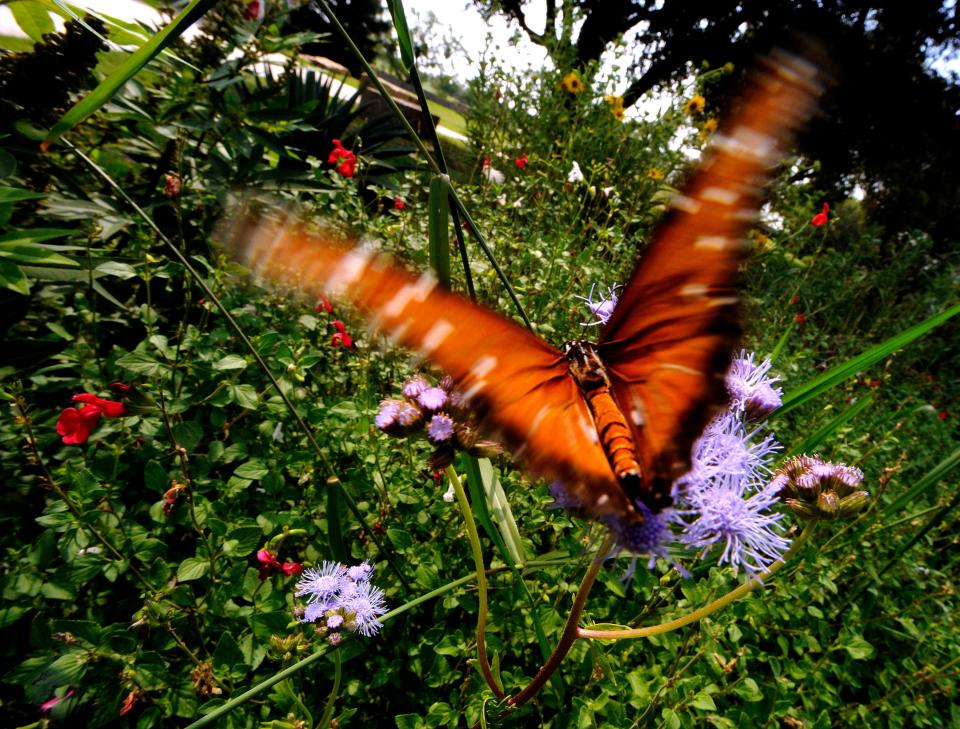
But when it came to customer experience, Pottebaum realized that the zoo was leaving money on the table. At SeaWorld and other parks, visitors usually spent on average between $7-$8 per-person at those parks.
At the Abilene Zoo, that average was $1.
“Every single person drops $1 that comes in the zoo,” he said. “But our gift shop averages around $4 to $5.”
Swag before soda
People do love their merch when they’re at the zoo, but in the world that Pottebaum hails from, the ratio between concessions and merch is supposed to be flipped.
“Your merch is actually lower than food and beverage. Food and beverages are always double to merch,” he said.
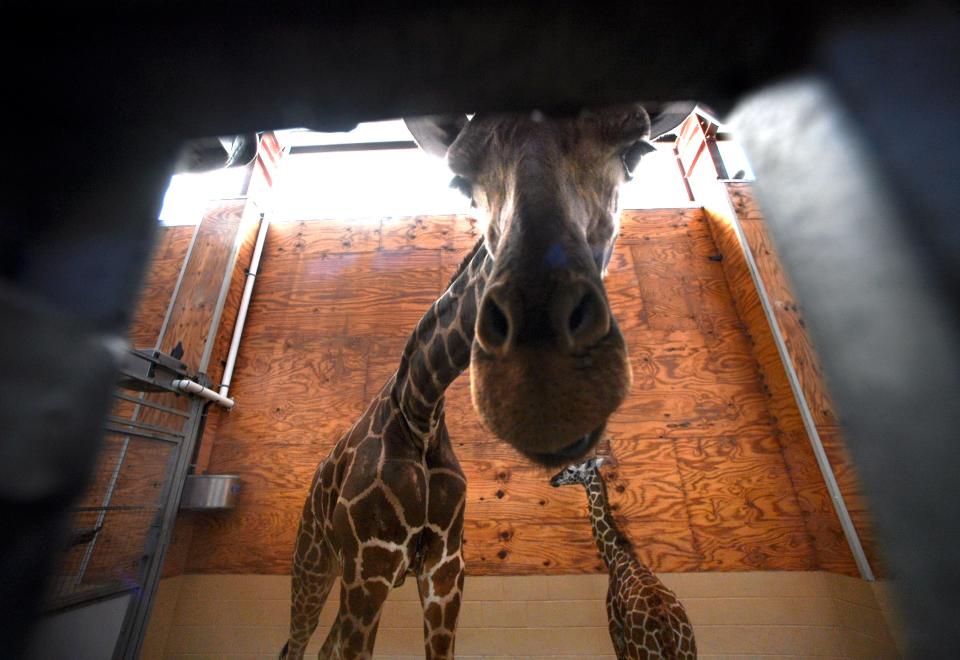
So, why do all those other folks at SeaWorld drop more cash on food and drink, and not plushies and t-shirts like they do in Abilene?
“It’s because they're having an experience. They're having a great time, they're actually staying in the park and performing what's called ‘in-park spending’,” Pottebaum said. “And that is really good financials for the zoo and for the community.”
Doing the math, Pottebaum figured they were losing about $1.75 million annually simply due to the absence of a sit-down café. Instead, they’ve got an outdoor eatery that he compared to a ballpark hotdog stand.
“We can't deliver that high quality food that you always enjoy going to an amusement park,” he said of their current situation.
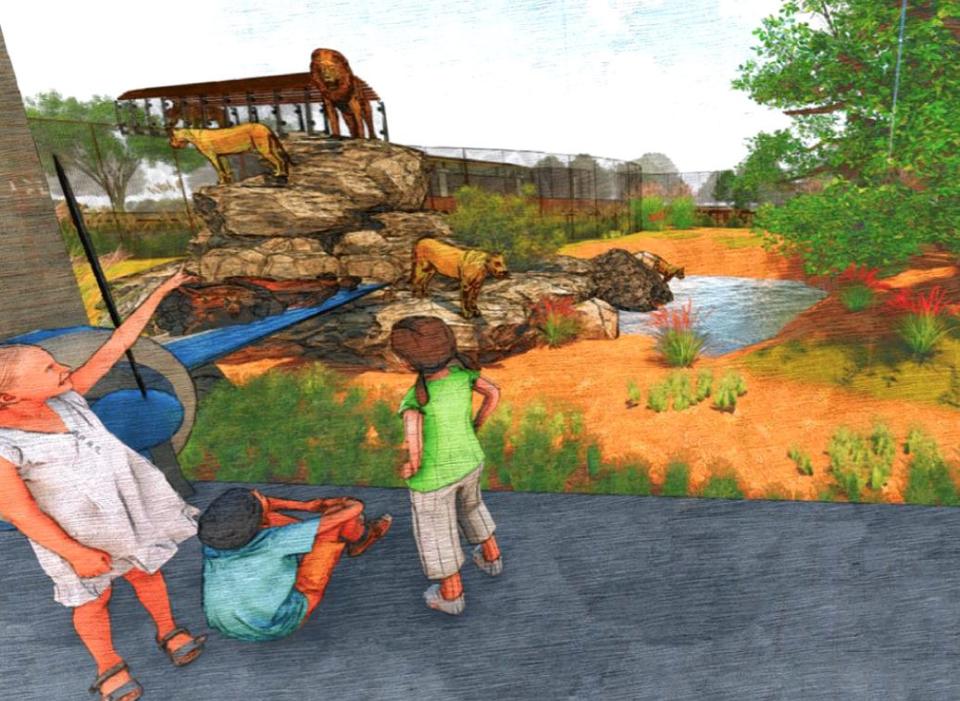
Pride of Abilene
With plenty of quality restaurants within five minutes of the zoo, Pottebaum acknowledged that it’s not enough to simply deliver quality food, which he described as competitively priced to similar fare outside the zoo gate. What will set the zoo café apart from anywhere else will be the dining experience it promises to deliver.
Visitors in this new café won’t simply have a better meal, but the ability to “share” the moment with some of the zoo’s most toothsome residents.
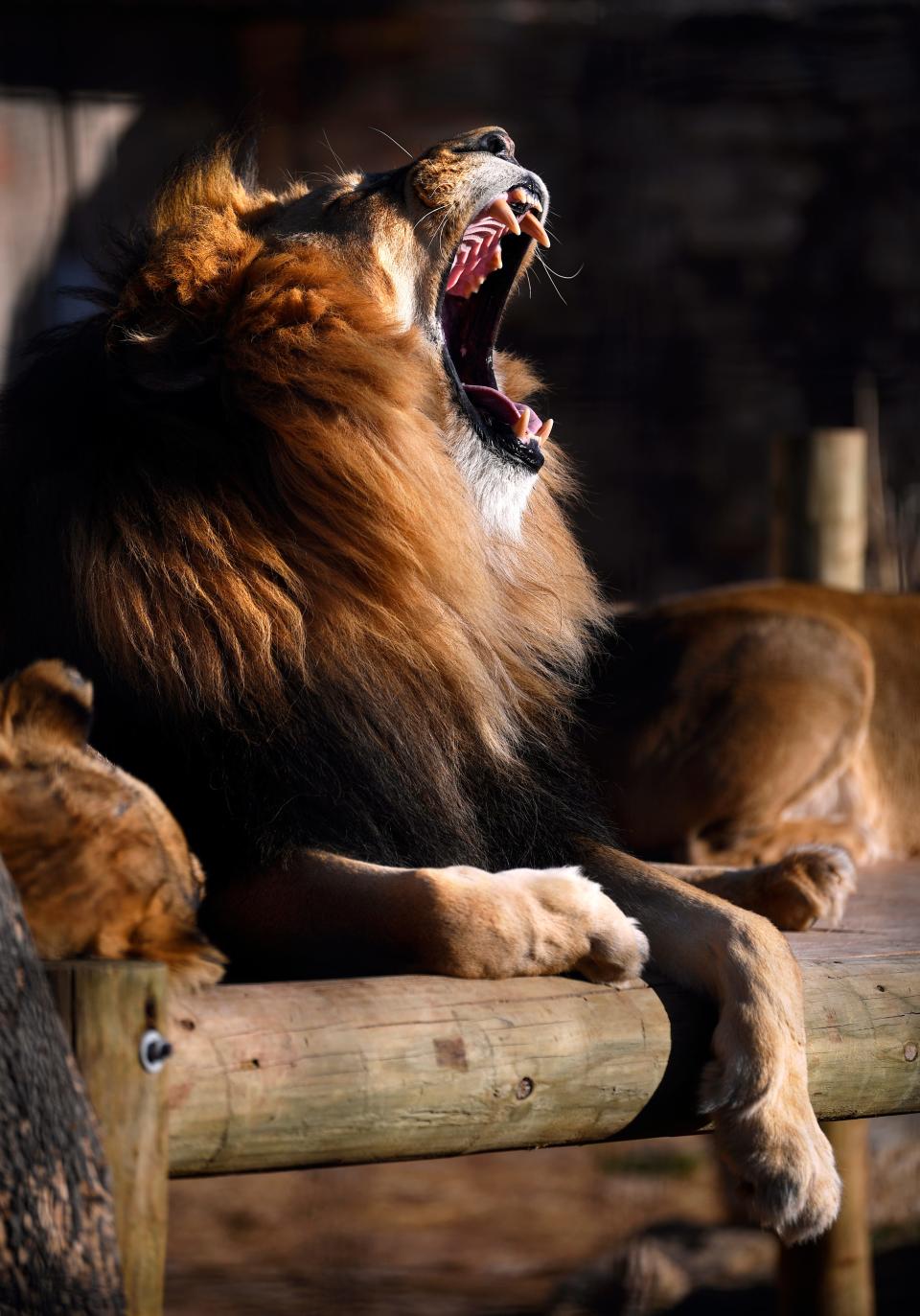
“We want to bring back the pride of lions. Everybody tells me about the last pride that was here when they had a litter of kittens,” Pottebaum said. “We haven't had a litter of kittens close to 9-10 years now. And I want to bring that back, bring the pride back to Abilene.”
The zoo’s plan for the two-story café includes a thick glass wall, allowing visitors to eat their burgers while the lions watch, presumably licking their chops as they do, or simply enjoying the people watching them as they lounge about.
“We're bringing these lions closer to the public with the cafe experience. So not only can you see them on the outside, you can see them on the two-story level or the first story level of the café,” Pottebaum added.
It will take a completely revamped lion display to do that. In fact, Phase One also revamps the rhino habitat as well.
“Currently, we only have one black rhino, our goal is to bring in at least three more and have a breeding group,” he said, adding that their Southern Black Rhinoceros is a member of the most endangered rhino species in the world.
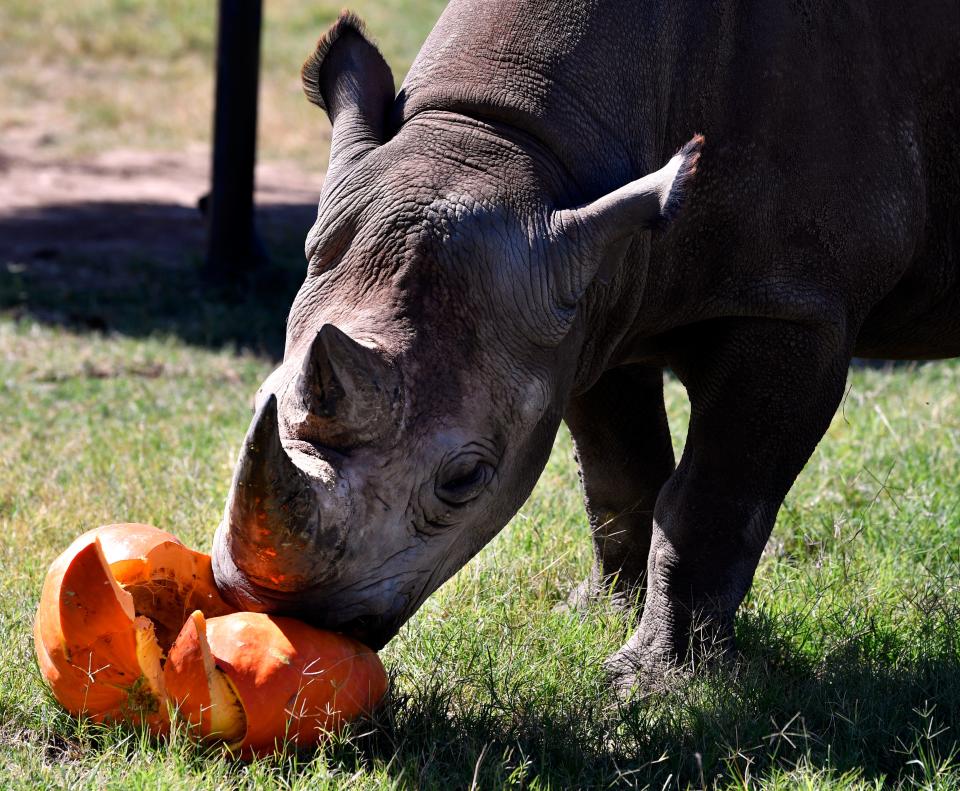
“There's only about 26 in captivity here in the United States, and so we want to keep that story going,” Pottebaum said. “So, we need space and that will encompass where the existing lion and the old tiger exhibit used to be. That will all become rhino paddock space.”
Adding to that will be a bandstand and lawn for outdoor events, as well as a multi-species habitat for hooved animals to mingle as they would on the African plains.
But Phase One will also bring fast times to the Abilene Zoo.
Cool cats, coming on down
“We're going to bring in a new species, the cheetah,” Pottebaum said. “The cheetah is the most endangered big cat out there. That's a whole other story we need to tell Abilene about.”
Cheetahs are fast and cheetahs are sleek, but they’ve got one more advantage over lions. Apparently, cheetahs are interactive.
“I used to work for the SeaWorld parks, at Busch Gardens we had a cheetah on a leash,” he recalled. “We’d walk around the whole park and do presentations; people took selfies with it.”
What’s it like strolling with a cheetah?
“It's literally like walking a dog. They're very easy to train, out of your big cat species,” Pottebaum answered. “I don't recommend it ever with a lion or a jaguar.”
Cheetahs always win
But the cheetah won’t just walk around, the cat will have ample opportunity to show its stuff, too. In a special enclosure built for the speedster, zoo visitors will see firsthand just how fast the animal can run.
“They set up this cable that's similar to the fake hare at a dog track, which has a pulley system where the 'hare' moves at about 50 miles per hour,” Pottebaum said. “All of sudden, you see this cheetah take off and in seconds it hits 50 miles per hour too.
“And so you understand why the cheetah’s body is so sleek and why it's so low to the ground. It's like a little Corvette,” he snapped his fingers, “Taking off like Johnny-on-the-spot.”
This is where the rubber will meet the road for the Abilene Zoo. The proposed bond will only cover half of what Pottebaum and his team have planned for Phase One.
But like Field of Dreams, Pottebaum says if the voters pass it, the rest will come.
“We have already had good communications with some big donors,” he said. “We feel very confident if this bond passes, we'll get those monies.”
Early voting begins Oct. 23.
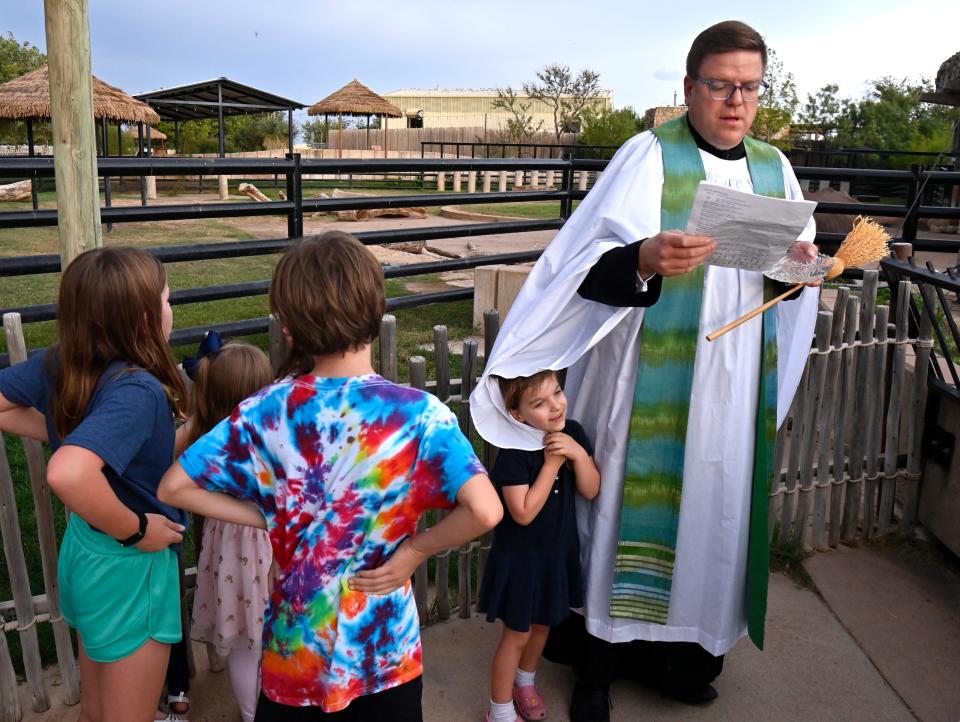
This article originally appeared on Abilene Reporter-News: Bond measure first phase in Abilene Zoo expansion
